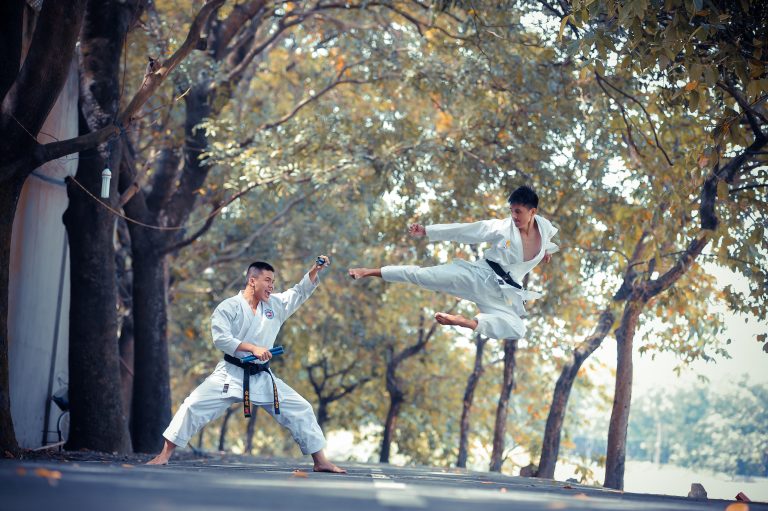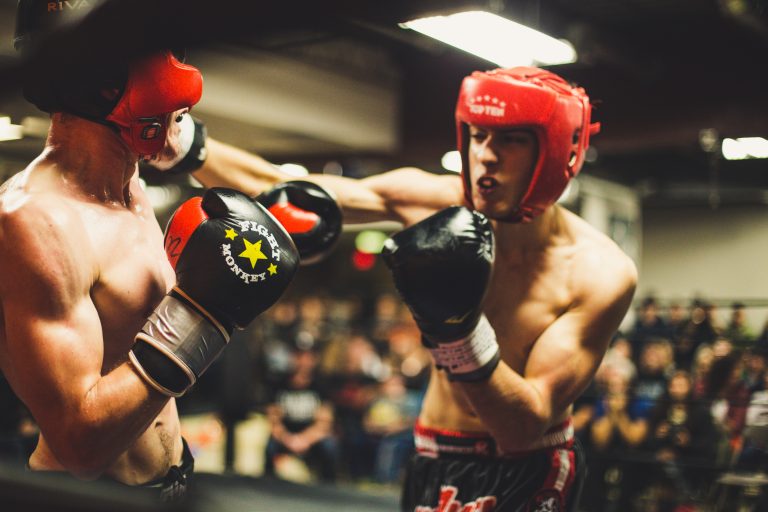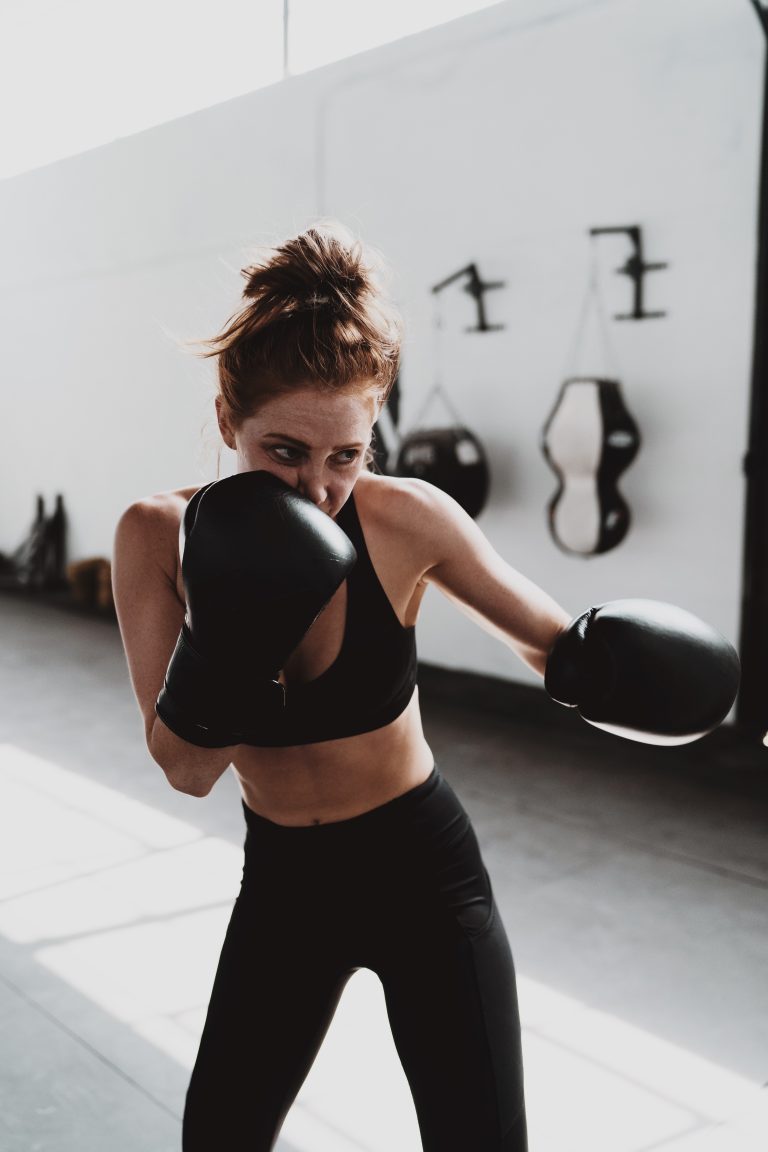How to Teach Karate in Different Ages
Karate is a martial art that can be learned and practiced by people of all ages. Whether you’re teaching karate to a group of children or adults, it’s important to tailor your teaching approach to suit the age group you’re working with. In this blog post, we’ll explore how to teach karate to different age groups and provide tips to help you ensure that your students get the most out of their training.
Teaching Karate to Children
When teaching karate to children, it’s important to make the experience fun and engaging. Children have shorter attention spans than adults, so you’ll need to keep classes short and include plenty of games and activities to keep them interested. Here are a few tips for teaching karate to children:
– Include plenty of games and activities: Children love games, so include plenty of them in your karate classes. This could include relay races, obstacle courses, and other activities that help to develop their physical skills.
– Be patient: Children learn at their own pace, so be patient and give them plenty of encouragement along the way.
– Keep classes short: Children have shorter attention spans than adults, so keep your classes short and focused to prevent them from getting bored.
Teaching Karate to Teens
Teenagers are at a stage where they’re developing their independence and testing boundaries. This can make teaching karate to them a bit of a challenge. Here are a few tips for teaching karate to teenagers:
– Encourage them to set goals: Teenagers are more likely to be motivated if they have a clear goal to work towards. Encourage them to set goals, whether it’s earning their next belt or mastering a particular technique.
– Make classes interactive: Teenagers tend to be more social than younger children, so make your classes interactive and encourage them to work together in pairs or small groups.
– Show them the practical applications of karate: Teenagers are less likely to be interested in the traditional aspects of karate, such as kata. Instead, show them the practical applications of karate, such as self-defense techniques.
Teaching Karate to Adults
Teaching karate to adults is different than teaching it to children or teenagers. Adults tend to be more self-motivated and have a better attention span. Here are a few tips for teaching karate to adults:
– Focus on their goals: Adults are more likely to have specific goals in mind when they start learning karate. Find out what their goals are and tailor your classes to help them achieve these goals.
– Challenge them: Adults are more likely to be motivated if they’re being challenged. Make sure your classes are challenging enough to keep them interested.
– Allow for socialization: Adults often appreciate the social aspect of karate, so allow time for socializing before or after classes.
Conclusion
No matter what age group you’re teaching karate to, it’s important to tailor your approach to suit their needs. Children need fun and engaging classes, teenagers need to see the practical applications of karate, and adults need classes that are challenging and allow for socialization. By keeping these tips in mind, you can create karate classes that are effective, engaging, and enjoyable for students of all ages.
The Most Frequently Asked Questions About How to Teach Karate in Different Ages
Karate is a martial art that requires discipline and patience to master. As a karate instructor, it’s essential to understand how to teach students of different ages. Children, teenagers, and adults all have different learning abilities, and their bodies develop differently. Therefore, the techniques of teaching karate in different age groups should be adjusted accordingly. In this blog post, we will answer some of the most frequently asked questions about how to teach karate in different ages.
1. What’s the Best Age to Start Karate Training?
Karate training can start as early as three years old, but it highly depends on the child’s physical and mental development. Most karate schools have a minimum age requirement of six years old. However, some schools accept five years old children in their programs. At this age, children have better coordination and can follow instructions correctly. Additionally, they can improve their attention span with the help of a karate instructor.
2. What Are the Best Teaching Techniques for Children?
Teaching children karate requires different techniques than teaching adults. Some of the best teaching techniques for children include:
i. Keep the Class Fun and Engaging
Children tend to get bored quickly, especially if the class is not exciting. It’s, therefore essential, to make the class fun and engaging. You can, for instance, use games to teach techniques and encourage participation.
ii. Break Down Techniques Into Simple Steps
Children do not absorb knowledge the same way adults do, so it’s crucial to break down techniques into simple and understandable steps.
iii. Use Positive Reinforcement
Positive reinforcement is a great technique to motivate children. Praise children when they do something well, and encourage even when they fail.
3. What Are the Best Teaching Techniques for Teenagers?
Teenagers usually have more advanced motor skills and better attention spans compared to children. However, they may be dealing with growing pains and body image issues. Here are some of the techniques to use:
i. Maintain a Positive and Encouraging Environment
Teenagers can be sensitive and self-conscious, so it’s essential to maintain a positive and encouraging learning environment to improve their confidence.
ii. Teach Real-Life Self-Defense Techniques
Many teenagers join karate to learn self-defense techniques. It’s essential to teach students practical self-defense techniques that can protect them in real-life situations.
iii. Encourage Participation in Sparring
Sparring is an essential part of karate. Encourage teenagers to participate in sparring to improve reflexes and self-defense abilities.
4. What Are the Best Teaching Techniques for Adults?
Adults have more focused minds and better physical coordination than children and teenagers. However, they may not recover as quickly from injuries as younger students. Here are some of the best teaching techniques for adults:
i. Understand That Adults Learn Differently Than Children
Adults learn differently than children, and their motivations for learning karate may be different. It’s important to understand these differences and adjust the training accordingly.
ii. Align Exercise to Goals
Adults usually join karate for different reasons, such as fitness or self-defense. Align the exercises and training to the student’s goals to motivate and provide practical benefits.
iii. Focus on Proper Technique and Form
Adults tend to take their training more seriously, so emphasize the importance of proper technique and form. This helps reduce the likelihood of injuries and improves the efficiency of the exercises.
5. What Are the Benefits of Teaching Karate to Different Age Groups?
Teaching karate to different age groups benefits both the students and the instructor. Here are some of the benefits:
i. Develops Discipline and Respect in Children
Karate training helps children develop discipline, respect, and self-control while building their self-confidence and physical ability.
ii. Promotes Physical Fitness for Teenagers to Adults
Karate classes offer an excellent fitness workout, regardless of age. It improves cardiovascular health, endurance, and strength.
iii. Provides Opportunities for Self-Defense Techniques
Karate training provides real-life self-defense techniques applicable in various situations.
iv. Develops Team Spirit and Camaraderie
Teaching karate to different age groups encourages teamwork and camaraderie among students.
In conclusion, teaching karate to different age groups requires different techniques. Children require fun and engaging classes, teenagers require self-defense techniques and sparring, and adults require specialized training aligned to their goals. Karate training offers numerous benefits, including physical fitness, self-defense, and personal growth.
Inhaltsverzeichnis





